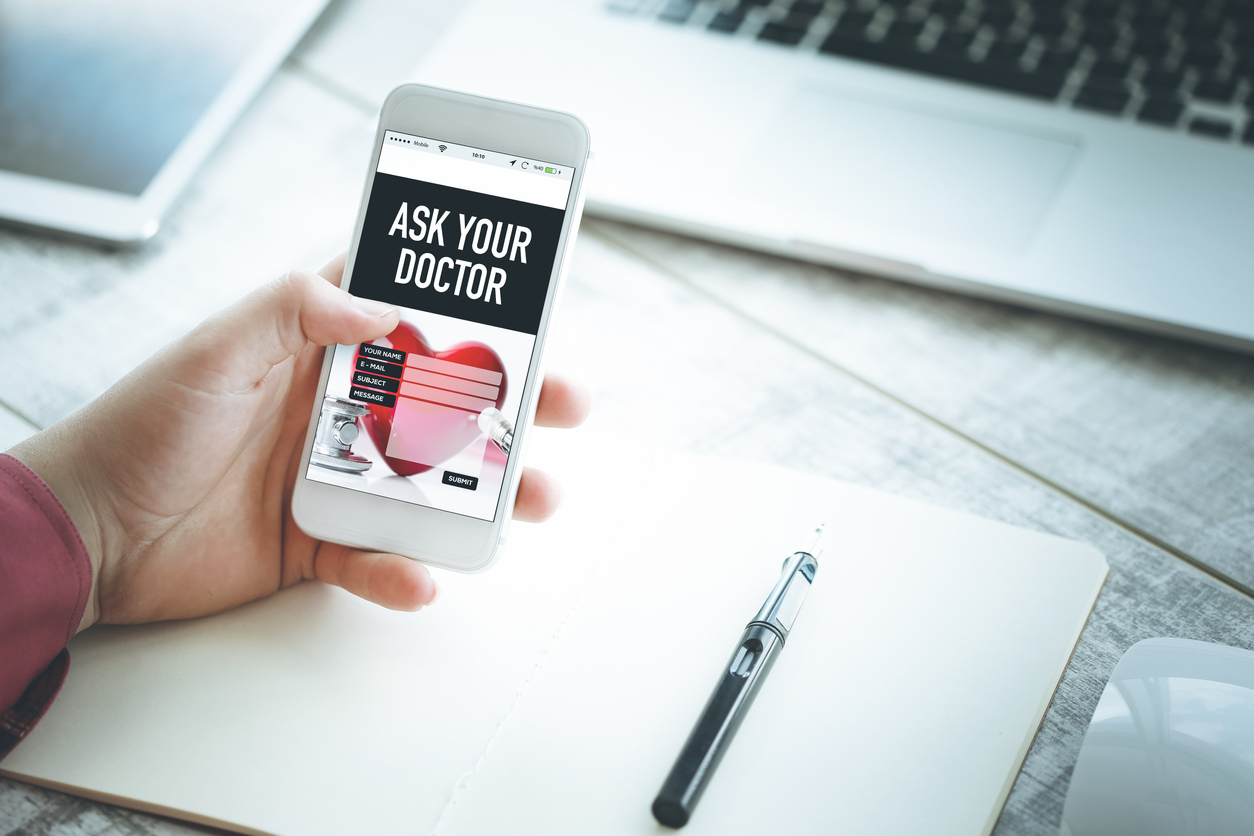
COVID-19: Telemedicine guidelines a boost to last-mile connectivity

With the chorus growing for the need to unburden healthcare, especially secondary and tertiary care facilities, during the time of a pandemic like COVID-19, the Union Ministry of Health and Family Welfare that issued guidelines for telemedicine on March 25, has given it an impetuous push.
The ‘telemedicine practise guidelines’ have observed that telemedicine provides safety to patients as well as health workers, especially in situations where there is a risk of contagious infections.
Telemedicine can make healthcare consultations accessible, quicker and ensure last mile through a number of modes — video, audio, text and asynchronous (email or fax). The guidelines also enlist the advantages and disadvantages of each mode.
Related News: Key to win COVID-19 fight lies in hands of MCI, its young brigade of medicos
The guidelines have also noted, “Disasters and pandemics pose unique challenges to providing health care. Though telemedicine will not solve them all, it is well suited for scenarios in which medical practitioners can evaluate and manage patients. A telemedicine visit can be conducted without exposing staff to viruses and infections in the times of such outbreaks. Telemedicine practice can prevent the transmission of infectious diseases reducing the risks to both health care workers and patients.”
It adds, “Unnecessary and avoidable exposure of the people involved in delivery of healthcare can to be avoided using telemedicine and patients can be screened remotely. It can provide rapid access to medical practitioners who may not be immediately available in person. In addition, it makes available extra working hands to provide physical care at the respective health institutions. Thus, health systems that are invested in telemedicine are well positioned to ensure that patients with Covid-19 kind of issues receive the care they need.”
Related News: Anti-malaria drugs may not be your magic cure to COVID-19
Welcoming the step, calling it the best thing that happened to healthcare in India in the last decade, Dr Sunil Shroff, president, Tamil Nadu – Telemedicine Society of India, says that the guidelines will help reach out to a large population. “At a time of a pandemic, we have a lot of panic and anxiety over symptoms like fever, sore throat, body pain, etc. These can be addressed by medical practitioner over just a telephone call,” he says.
He adds that though there is a lot of discretion needed from the end of the registered medical practitioner, as to what cases are eligible to be consulted through telemedicine.
Unlocking telemedicine potential through COVID-19
Practo that facilitates online consulations with medical professionals has seen a surge in queries on symptoms of COVID-19 with queries, regarding fever, cough, cold, sore throat and body ache spiking by 200 per cent, after the outbreak.
Dr. Alexander Kuruvilla, Chief strategy Officer, Practo, says, “At least 53 per cent of all general practitioner eConsults were related to Coronavirus. Most of the queries are from people in the age group of 20 – 30. Close to 50 per cent of all teleconsults on the Practo platform are happening from tier two and three cities. Peak timings for queries related to fever, cough, and cold are 9 – 12 in the morning and 7 – 9 in the evening with 30-35 per cent of the consultations by women.”
He says teleconsults on Practo are witnessing an average increase of over 100 per cent week-on-week. “After the new guidelines we are expecting the consultations to increase significantly.


